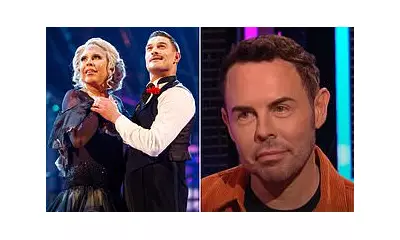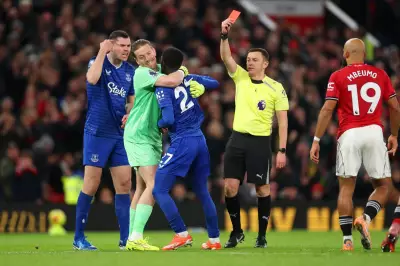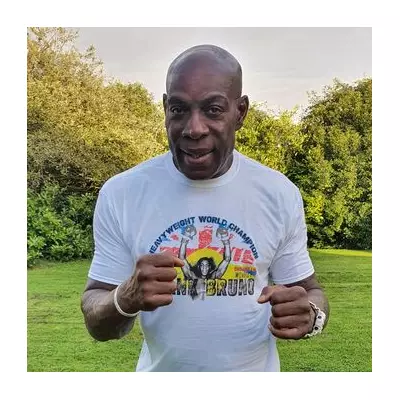
As the roar of the crowd echoes through the Melbourne Cricket Ground and the scent of cut grass and hot pies fills the air, I am in my element. Australian Rules Football isn't just a pastime; it's a deep-seated passion, a cultural touchstone, a part of my identity. Yet, within this beloved community, I carry a silent burden—a part of myself I must meticulously conceal.
The Chilling Disconnect: Pride Jerseys and Silent Lockers
The AFL proudly flies the rainbow flag during its annual Pride games. Clubs don specially designed guernseys in a vibrant public show of solidarity with the LGBTQ+ community. It's a powerful visual statement, but for many, it rings hollow. These gestures feel like a surface-level performance, a corporate-branded version of inclusion that fails to penetrate the very heart of the game: the locker room.
Behind closed doors, the reality is starkly different. The culture, built on a specific brand of masculine camaraderie, often defaults to casual homophobia. Off-colour jokes, slurs uttered without a second thought, and an unspoken pressure to conform create an environment where coming out feels impossibly risky. It’s a place where you can be a fan, but perhaps not truly yourself if you're queer.
More Than a Game: The High Stakes of Coming Out
This isn't merely about hurt feelings. For a professional athlete, the decision to come out is fraught with tangible professional and personal peril. The fear is multifaceted:
- Commercial Fallout: Will sponsors stay? Or will they quietly withdraw support, fearing a backlash from a perceived 'traditional' fanbase?
- Club Dynamics: How will teammates react? Will it disrupt the crucial cohesion of the team? Will that unbreakable trust fracture?
- Fan Abuse: The vile torrent of homophobic abuse from a minority of spectators, often hidden behind online anonymity, is a terrifying prospect.
This calculated risk explains why the top tier of men's AFL remains without a single openly gay or bisexual player. The path of least resistance—staying silent—is overwhelmingly chosen.
A Glimmer of Hope Beyond the Arena
Progress, however, is not absent. It's simply happening elsewhere. In local community leagues and in the AFLW, the women's league, we see brave pioneers living openly and authentically. Their presence is revolutionary, normalising LGBTQ+ identities in sport and providing crucial visibility.
Yet, their very existence highlights the painful double standard. Why is acceptance conditional on the league or the level of competition? The fact that the elite men's game remains a fortress of silence is a damning indictment of its underlying culture.
A Call for Authentic Action, Not Just Symbols
For the AFL's inclusivity efforts to transcend mere publicity, profound cultural change is non-negotiable. This requires moving beyond symbolic gestures and implementing concrete actions:
- Uncompromising Leadership: The league and clubs must enact and enforce a zero-tolerance policy towards homophobic language and behaviour, from the boardroom to the backyard.
- Education Mandates: Implementing mandatory, ongoing education for players, coaches, and staff to dismantle prejudice and foster genuine understanding.
- Tangible Support Structures: Creating robust, confidential support systems for any player who wishes to come out, ensuring their wellbeing and career are protected.
True belonging means every player, official, and fan can bring their whole self to the game without fear. My love for footy is unwavering, but my hope is for a future where my passion and my identity no longer feel at odds. The AFL has the platform; now it must find the courage to build a game where everyone truly belongs.





